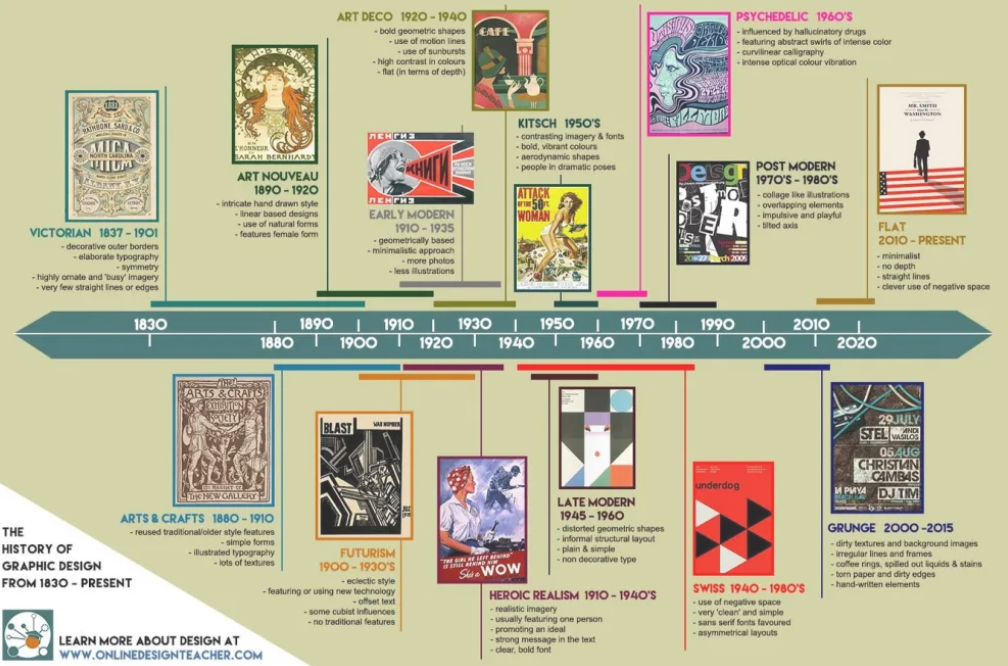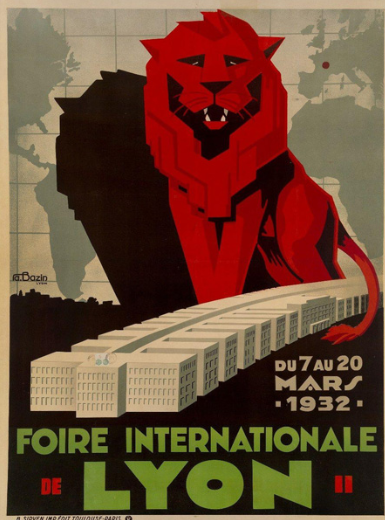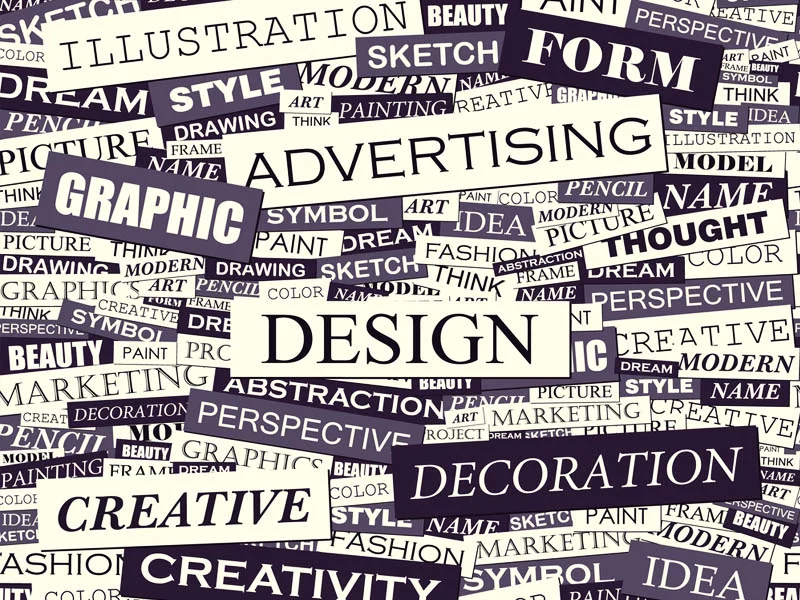What is Graphic Design?
Graphic Design refers to visual communication. Design could be a broad term that could include web design or digital design. But traditionally, it is the design that you find on prints such as posters, book covers, magazines, advertisements, logos used for branding. The term “graphic design” however only emerged in 1922, credited to book designer William Addison Dwiggins. He introduced the term in his essay titled “New Kind of Printing Calls for New Design,” where he articulated the principles of organising and orchestrating visual elements in his projects.

Courtesy: Re-thinkingthefuture.com
History of Graphic Design
While the history of graphic design or design can be traced back to the Paleolithic Era – in cave paintings in 38,000 BCE. These wall murals featured animals, humans, handprints, and hunting elements. The next time we discovered graphic design was when it was showcased in the alphabet. The writings of the Sumerians between 3000 to 3300 BCE, these have pictorial images, symbols which can very easily be construed as early graphic design images.
Invention of Printing Press
With the invention of printing, graphic design truly came to the forefront and grew immensely. Chinese are considered the pioneers of printing – which included making paper, woodblock printing and having the first printing press in the world. Soon, we had the movable printing press, famously known as the Gutenberg Printing Press, first introduced in Europe in 1439. This groundbreaking invention opened up new avenues for graphic communication, significantly impacting the realms of advertising and graphic design during that era.

Industrial Revolution Changing the Landscape of Graphic Design
New technologies emerged during the Industrial revolution between 1760 to 1840 which enormously increased the production of printing and introduced something called lithography. Lithography is the technique of inking your design on a metal/stone surface and then transferring that to paper, soon came the Chromolithography which is lithography with colour.

Art Movements that Impacted Graphic Design
Art Nouveau (1890s)
It came about in the United States and Europe from 1890 to the First World War, it was especially created to let go of the earlier traditional art styles and generate a new movement. Art Nouveau sought to add style, modernity and elegance to the imagery and typography.

Graphic Design Agency
Founded in 1903 by painter Koloman Moser, architect Josef Hoffmann, and patron Fritz Waerndorfer, the Wiener Werkstätte, translating to Vienna Workshop, served as a collaborative hub for architects, artists, and designers across various disciplines, including ceramics, fashion, silver, furniture, and graphic arts. Recognized as pioneers of modern design, the Werkstätte played an early influential role in shaping styles like Bauhaus and Art Deco. As a pioneering collective of professional artists, their impact extended to shaping design standards for generations to come.
Bauhaus and Art Deco
Movements such as Art Deco and Bauhaus further changed the landscape of graphic design. The design elements consisted of modernism, cubism, geometry. Each style had its own canon of design elements that defined the movement, Art Deco in 1925 was defined by bright colours, use of gold and thick smooth lines and geometric shapes. Bauhaus in 1919 consisted of new typefaces, geometric shapes, minimalism and simplistic yet modern designscape.

Paul Rand and Postmodernism
Paul Rand in the 1940s was one of the most iconic graphic designers of the 21st century, he engineered many corporate logos of big commercial setups such as IBM, Ford, ABC, etc. Modernism embodied a utopian perspective on human life, society, and a steadfast faith in progress. However, as the 1970s unfolded, artists began to revolt against the ideals and values of modernism.Postmodernism emerged from a foundation of scepticism, rejecting the acknowledgment of authority and any predefined style or definition of what art should encompass. In this era of newfound freedom, artists enthusiastically embraced the fusion of diverse styles and media, employing unconventional and expressionist techniques to push the boundaries of artistic expression.
The Digital Age
New digital tools revolutionised graphic design, with the introduction of computers and softwares such as Macpaint and Windows paint, it changed how we saw colour, typography and design. Photoshop, a software for editing graphics, enabled individuals to manipulate images and create professional designs easily. Nonetheless, user-friendly programs such as Microsoft Paint further democratised graphic design, making it accessible to a broader audience.

New Disciplines in Graphic Design
Graphic designing has now become more specialised with the advent of special applications and softwares. It is a new and emerging career prospect for new age individuals. The advent of the computer, Photoshop, and the Internet gave rise to a multitude of new design disciplines, including web design, interactive design, UX and UI design, and product design, among others. While these have evolved into specialised fields within the design community, they all trace their origins back to the foundational discipline of graphic design.
Design plays a crucial role within a society as it is a visual medium of communication and lays the foundation of our collective cultural memory, identity, social structures, economies and cultural development and environment. It touches many individuals and impacts many fields, be it communications, branding, architecture, products, and even sustainability and big international corps. Design has recently also expanded into new domains and claiming its social responsibility, with graphic designers now becoming new age agents of change. Contemporary designers aspire to contribute innovatively to the world by leveraging creativity and strategic design thinking, all while showcasing their capacity for social awareness.





